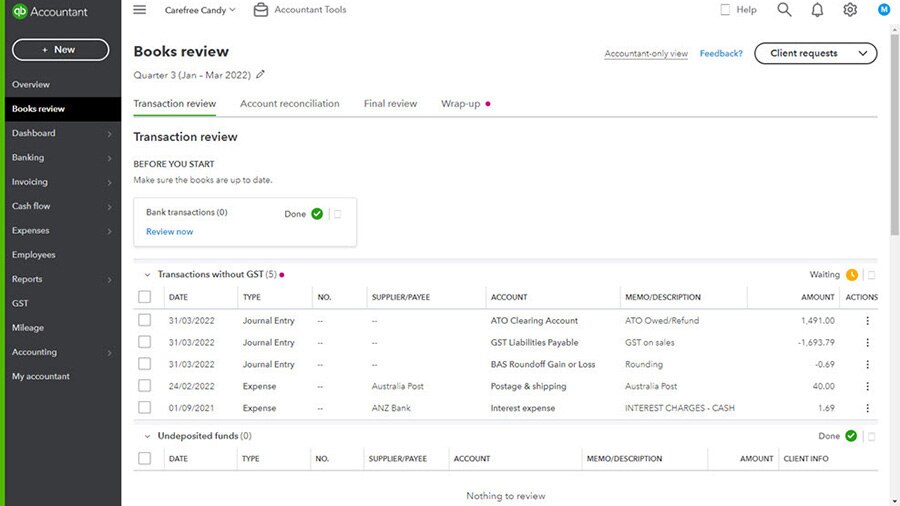As a new business owner, it’s easy to fall into the trap of trying to do everything yourself. After all, budgets can be tight in the early days, and you’ll be keen to keep costs down. However, there are some key hires that make the investment worthwhile. Here are five people your new business shouldn’t have to do without.

What are the key hires for every new business?
1. Business development manager
As the owner, you will of course play a major role in the development of your business. But hiring an experienced business development manager means you’ll always have someone with their ear to the ground for new opportunities to grow your business. This person can also drive your growth strategy and make sure your business targets the right people. Also, if pitching to new clients isn’t one of your strengths, hiring someone with excellent presentation skills will fill a vital gap.
2. Client services or account manager
Poor client service is the quickest way to lose hard-earned business. Employing a client services manager to look after your key accounts will help to ensure nothing falls through the cracks. They’ll be able to dedicate time to understanding the specific needs of your individual clients and can work on delivering tailored solutions. This is an effective way to become less of a generic service provider to your clients and more like a trusted partner.
3. Marketing and communications manager
While it’s fine to outsource much of your marketing and content needs, an on-staff marketing and communications manager can ensure there’s an effective strategy behind your efforts. They can also help to define your brand and ensure your presentation remains consistent across all your client touch points. They could also manage your social media channels and website.
4. Human resources manager
Outsourcing your recruitment needs is easy enough, however, your human resources manager does much more than simply hire new staff. They’ll drive the culture of your organisation and lead staff retention and engagement strategies to ensure you’re holding on to your top talent. A human resources manager can also develop your onboarding procedures to ensure new employees are prepared to hit the ground running. They will also make sure all legal obligations are met in the process.
5. Office administration manager
Hiring a general office support person can ensure the smooth day-to-day running of your office. That can include keeping your stationery cupboard stocked, ensuring your printers are always online, or providing a welcoming face to visiting clients at your reception desk. They’ll keep your office running like a well-oiled machine, so you can focus on the bigger picture.
Related Articles
Looking for something else?
Stay up-to-date with the latest small business insights and trends!
Sign up for our quarterly newsletter and receive educational and interesting content straight to your inbox.
Want more? Visit our tools and templates!
















